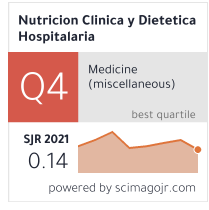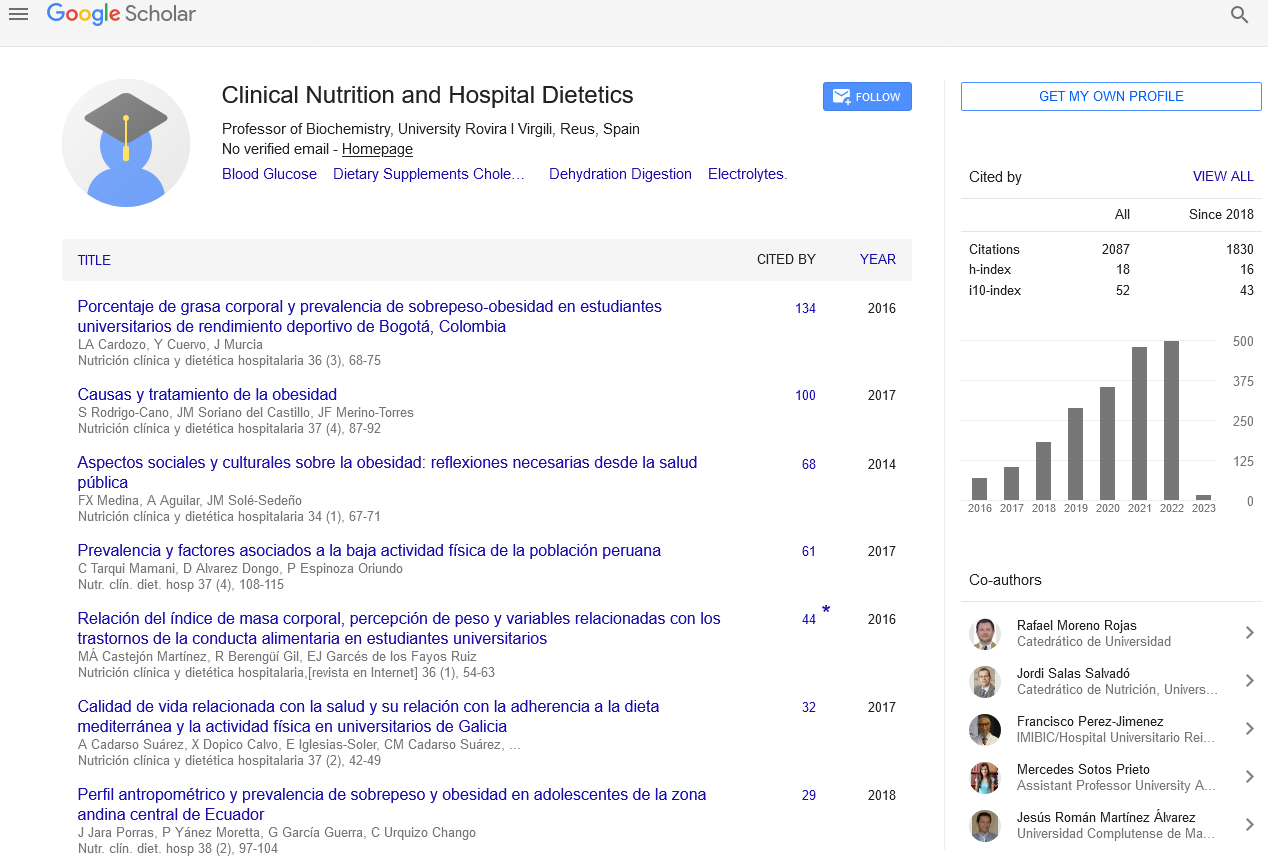Abstract
Malnutrition prevalence in adult patients that entered in a public hospital emergency
Author(s): Henrichsen, Jéssyca1; Moraes, Silva Flávia2, Bianca Coletti, Schauren1
Introduction: Since malnutrition increases the risk of adverse complications for the patients and entails expensive costs for the healthcare systems, to track all the patients at the moment of the admission or in the beginning of the hospital treatment, can improve the clinical results and decrease thus the health costs. Although the repercussions at the nutritional status in hospitalized patients are well known for more than 30 years, still there is not a consensus about the better way or instrument for its evaluation.
Objective: To evaluate the malnutrition prevalence in admitted patients at the Emergency of a Public Hospital as from different tools.
Methods: Cross-sectional observational study performed with secondary data obtained from a sample of patients that participated in a prospective cohort study about the nutritional risk in admitted patients at the Emergency of a public hospital. The data collection from the original study was performed in the first 48 hours after the patients admission at the Emergency and comprehended sociodemographic evaluation, clinical and nutritional. It was used the anthropometric data, trough body weight measurement and stature to calculate the body mass index, arm and calf circumference, in addition to the subjective global assessment for the patients nutritional evaluation.
Results: According to the subjective global assessment, moderate malnutrition was observed in 24,6% of the patients, while 8,4% of the patients were classified as severe undernourished. According to the suitability percentage of arm circumference, among the patients with malnutrition diagnosis, the majority presented slight malnutrition (17,4%), while 10,6% presented moderate malnutrition and 4,3% severe malnutrition. When evaluated from the body mass index, 6,5% of the patients were diagnosed with slight malnutrition, 6,5% with moderate malnutrition and 0,7% with severe malnutrition.
Discussion and Conclusion: The malnutrition prevalence according to the severity grade found in this study diagnosed by different methods of nutritional state evaluation and the relation with the variables as age and the patients hospitalization motive were shown in consonance with the data described in the literature. The malnutrition prevalence evaluated through four different tools showed elevated, obtaining greater agreement in diagnosis between the subjective global assessment and the suitability percentage of arm circumference.
Google Scholar citation report
Citations : 2439
Clinical Nutrition and Hospital Dietetics received 2439 citations as per google scholar report
Indexed In
- Google Scholar
- Open J Gate
- Genamics JournalSeek
- Academic Keys
- JournalTOCs
- ResearchBible
- SCOPUS
- Ulrich's Periodicals Directory
- Access to Global Online Research in Agriculture (AGORA)
- Electronic Journals Library
- RefSeek
- Hamdard University
- EBSCO A-Z
- OCLC- WorldCat
- SWB online catalog
- Virtual Library of Biology (vifabio)
- Publons
- MIAR
- Geneva Foundation for Medical Education and Research
- Euro Pub
- Web of Science
Journal Highlights
- Blood Glucose
- Dietary Supplements
- Cholesterol, Dehydration
- Digestion
- Electrolytes
- Clinical Nutrition Studies
- energy balance
- Diet quality
- Clinical Nutrition and Hospital Dietetics




